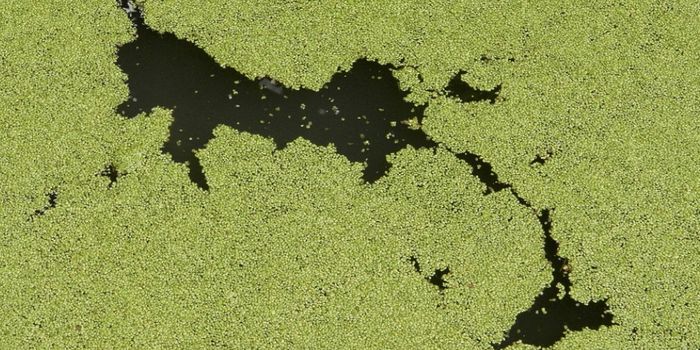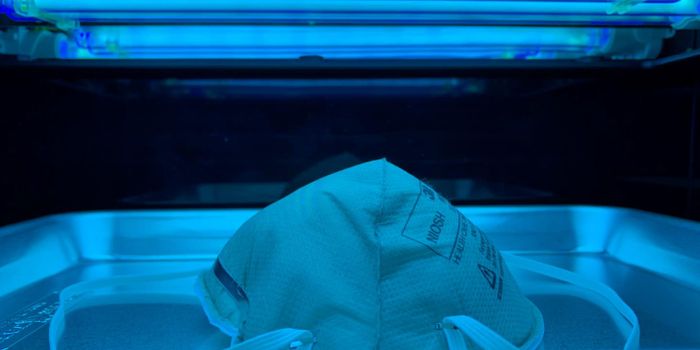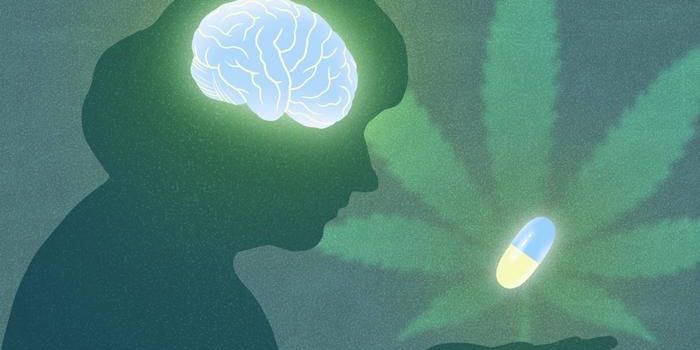Machine Learning Optimizes Nanostructures

When geometry is a match to the indicated wavelength of the incident light, nanostructures can effectively increase the sensitivity of optic sensors due to electromagnetic fields either amplifying or reducing the light by local nanostructure. The HZB Young Investigator Group "Nano-SIPPE" lead by Professor Christiane Becker are heading to create these kinds of nanostructures and computer simulations are an important tool for the development.
According to experimental findings, using machine learning from the Nano-SIPPE team--Dr. Carlo Barth has identified critical patterns of the field distribution in a nanostructure. The particular phototonic nanostructures examined in the research paper are composed of a silicon layer consisting of a regular hole pattern that coated with ‘quantum dots’ made of lead sulphide.
Using laser excitation, the quantum dots nearer to the local field amplifications emit more light than the unordered surface which makes it possible to demonstrate how laser light interacts with the nanostructure.
Professor Barth then utilized software developed at Zuse Institute Berlin in order to calculate the three-dimensional electric field distribution for each parameter set. This step was important in systemically recording what happens when individual parameters of the nanostructure change. The enormous amounts of data generated were then analyzed by other computer programs based on machine learning. "The computer has searched through the approximately 45,000 data records and grouped them into about ten different patterns," Professor Barth explains. The study successfully identified the three basic patterns among them in which the fields are amplified in various specific areas of the nanoholes; allowing photonic crystal membranes based on excitation amplification to be optimized for virtually any application. For example, this can be especially useful when some biomolecules prefer to “clump-up” along the hole edges while others preferentially accumulate near the plateaus between the holes, either way is highly dependent on the application.
Watch the video below if interested in photonic-based nanostructures:
Source: Communication Physics

















































